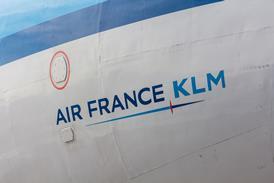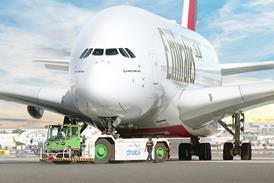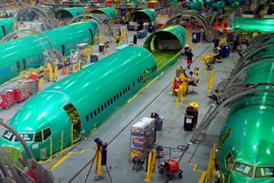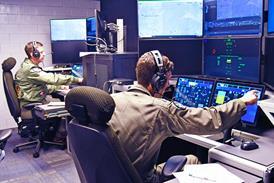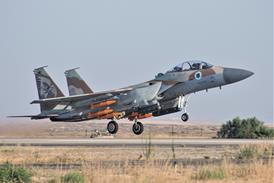The first ATR 72 to be outfitted with a large cargo door is making its airshow debut this week, two years after the joint ATR/Aeronavali conversion programme was launched at Farnborough 2000.
Freshly certificated, the freighter will be delivered to launch customer Farnair following the show and flown in FedEx's European network.
Aeronavali, meanwhile, has begun work on the first ATR 42 to be equipped with a large cargo door as the Italian manufacturer eyes a greater role in regionals.
The ATR 72 freighter at Farnborough 2002 is Aeronavali's first regional product. Aeronavali in the past has focused on widebody conversions, including the McDonnell Douglas DC-10 and Boeing MD-11 and 767.
An Aeronavali official says it is the first time the company has converted a regional aircraft, but adds: "We're part of the Aerolinea group so it was quite natural for us to expand into ATRs."
There are about 30 ATRs operating in cargo configuration worldwide, but none have a large cargo door. ATR believes by offering a cargo door through Aeronavali it can find second homes for its ageing portfolio of leased and owned aircraft.
Growth
"We saw growth in the regional cargo sector," says ATR president John Moore, explaining the decision to launch a cargo conversion product. "The ATRs are coming of an age that makes sense for them to evolve into freighters."
ATR hopes to offer a unique replacement product for carriers operating 5-10t freighters because, unlike most aircraft of this size, ATR's wide cross-sections can accommodate containers. This allows easier transfer of freight from narrowbody and widebody freighters. "It gives us a lot more versatility," says Moore.
Aeronavali expects to convert 300-400 ATRs over the next 20 years, with about 40% being outfitted with the $1 million cargo door and the others undergoing the $200,000-$500,000 basic modification.
The company is looking at replacing regional freighters, but also larger freighters such as Boeing 737s and 727s, especially in Europe. The ATR meets proposed stage four noise regulations, giving it a potential advantage in Europe.
"We believe they will be a large market that regionals will grow into," says the Aeronavali official.
ATR also is heavily marketing the aircraft in the USA, especially to FedEx, which is looking at aircraft to fill the void of the cancelled Ayers Loadmaster programme.
Experience
ATR is also targeting Asia, Australia and remote regions for a proposed combi conversion product. Jacques Dronnet, ATR vice-president of business development, says there is "renewed interest" for combis that meet new class C standards requiring fire suppression equipment.
In response, ATR and Aeronavali plan to launch a combi conversion programme, helped by the experience of First Air. The Canadian carrier this year modified two of its ATR 42s to class C combi standards and is looking to sell the kits it developed to other operators.
Aeronavali is prepared to convert 15 ATRs per year, with each modification taking two to three months to complete. The manufacturer is adding a second line for the ATR at its Naples centre and is prepared to expand more.
"The advantage of Aeronavali is that it has the capacity to increase production based on market demand," says Moore.
Aeronavali, however, will have competition. ATR operators such as First Air have converted aircraft on their own or with small suppliers. No other company offers a large cargo door, at least for now.
"Today it's difficult for a non-OEM to do a mod with a new cargo door and get JAA and FAA approval," argues the Aeronavali official.
He adds that even customers not interested in the large cargo door are better off with the more expensive OEM-supported product, especially leasing companies which may have to reassign aircraft
Source: Flight Daily News

